 |
July 22, 2016 Volume 22, Number 28 |
Research and Education |
General Interest |
Network Tools |
In The News |
Research and EducationBack to Top | |
 |
|
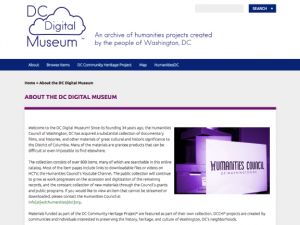 |
|
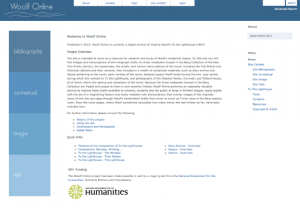 |
|
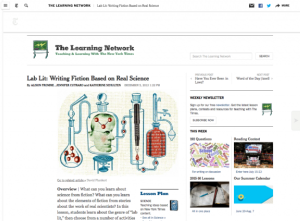 |
|
 |
|
 |
|
 |
|
General InterestBack to Top | |
 |
|
 |
|
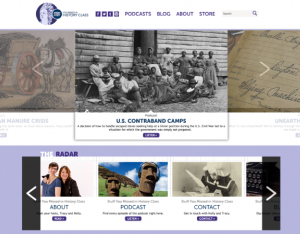 |
|
 |
|
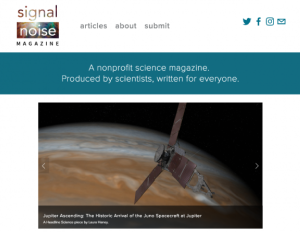 |
|
 |
|
 |
|
Network ToolsBack to Top | |
 |
|
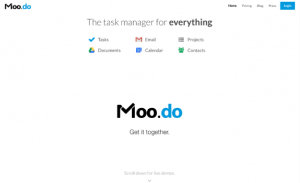 |
|
In The NewsBack to Top | |
Uncharted Territory: New Study Maps 180 Distinct Regions in the Brain | |
|
Updated map of the human brain hailed as a scientific tour de force New Brain Map Doubles Number of Known Regions A multi-modal parcellation of the human cerebral cortex Brain Cartography: Modern Day Explorers are Mapping the Wiring of the Human Mind The Many Ways to Map the Brain A First Big Step Toward Mapping the Human Brain In 1909, German neurologist Korbinian Brodmann published a map of the human brain, identifying 52 distinct regions of its outer region, the cerebral cortex. Brodmann's model has since served as a basis for scientists studying the brain. This past Wednesday, a group of scientists from Washington University, the University of Minnesota, and Oxford University - together known as the Human Connectome Project - published a paper in Nature outlining 180 distinct regions of the cerebral cortex. In so doing, the team confirmed 83 previously classified regions and recognized 97 newly identified regions. To examine the cerebral cortex in more detail than ever before, the Human Connectome Project first collected hundreds of brain scans from volunteers and used these scans to identify 112 unique characteristics. Next, scientists programed a computer to use these 112 characteristics to analyze the brain scans of 210 adults. The resulting brain map provides new insights into what parts of the brain are responsible for a variety of functions, which will potentially help scientists learn more about conditions such as dementia. The Human Connectome Project is not the only contemporary research project dedicated to mapping the human brain. Scientists at Yale University recently published a study about how brain scans may be used to identify humans. Meanwhile, Allen Institute for Brain Science in Seattle, Washington is also conducting important brain mapping research. [MMB] The first two links take readers to articles from The Guardian and the Smithsonian magazine, respectively, that provide lucid overviews of the Human Connectome Project's new study and its significance. Next, readers will find the complete article from the Human Connectome Project that was published earlier this week in Nature. The fourth link takes readers to a May 2016 Newsweek cover story by Susan Scutti that describes the Human Connectome Project as well as the Yale University Study referenced above. Readers interesting in learning more about the work of the Allen Institute for Brain Science, which is creating a database of neuronal brain cells, will want to check out Greg Miller's July 14th Atlantic article and Katie M. Palmer's May 14th Wired article on the project. | |





